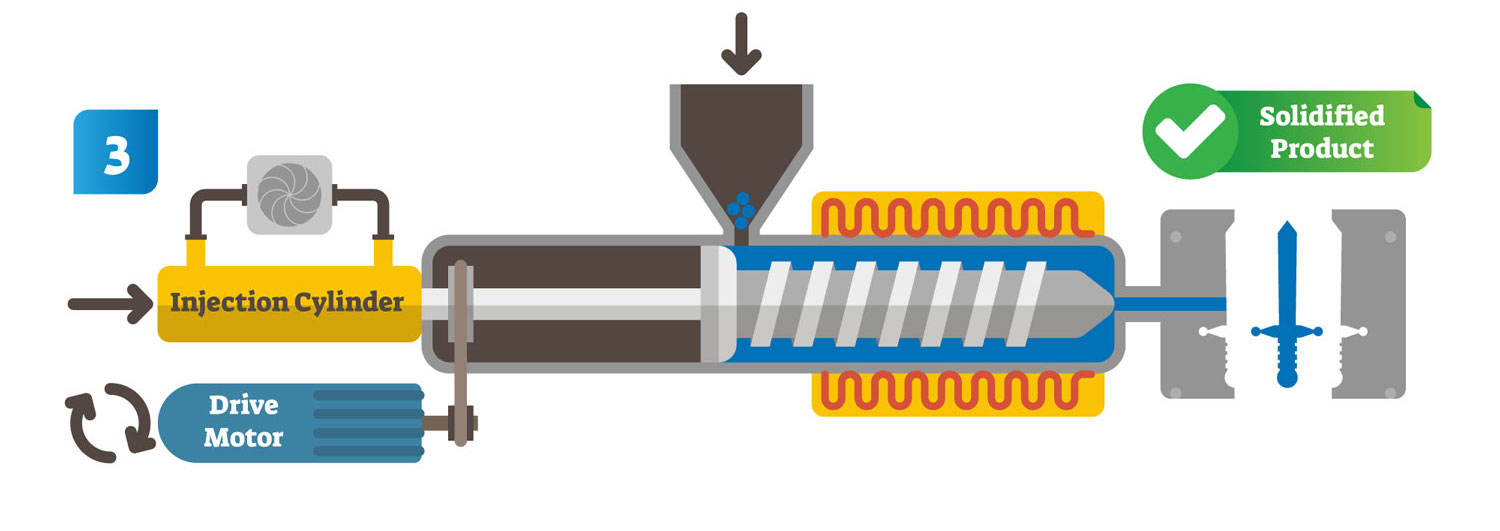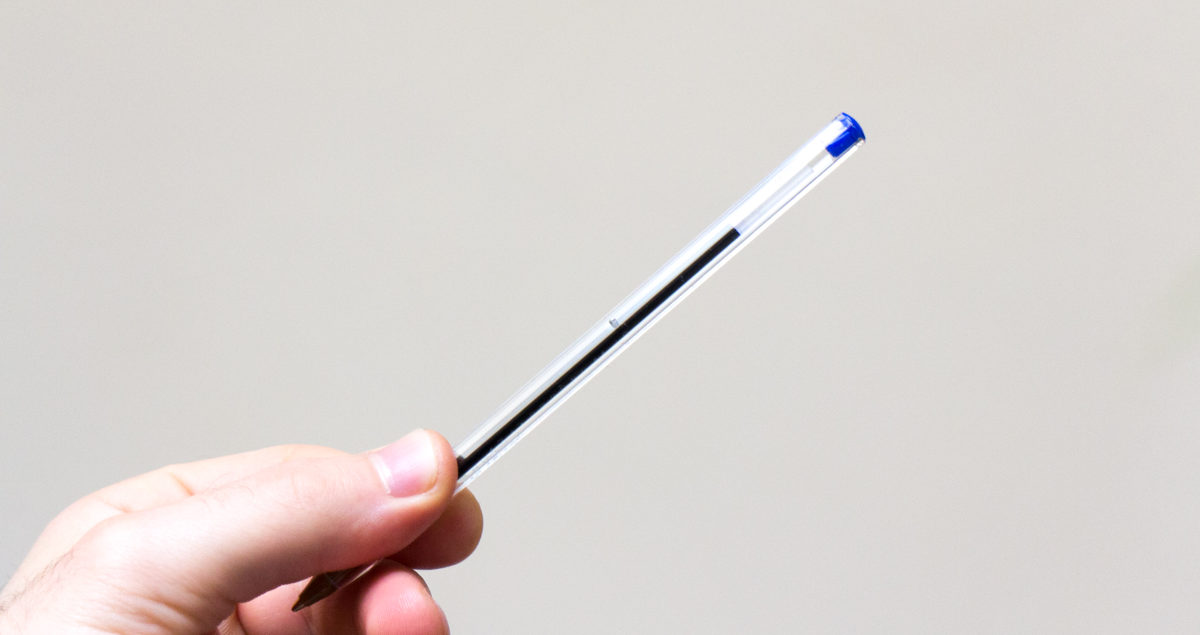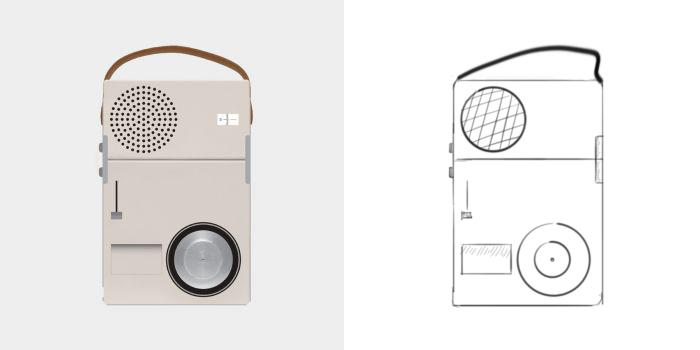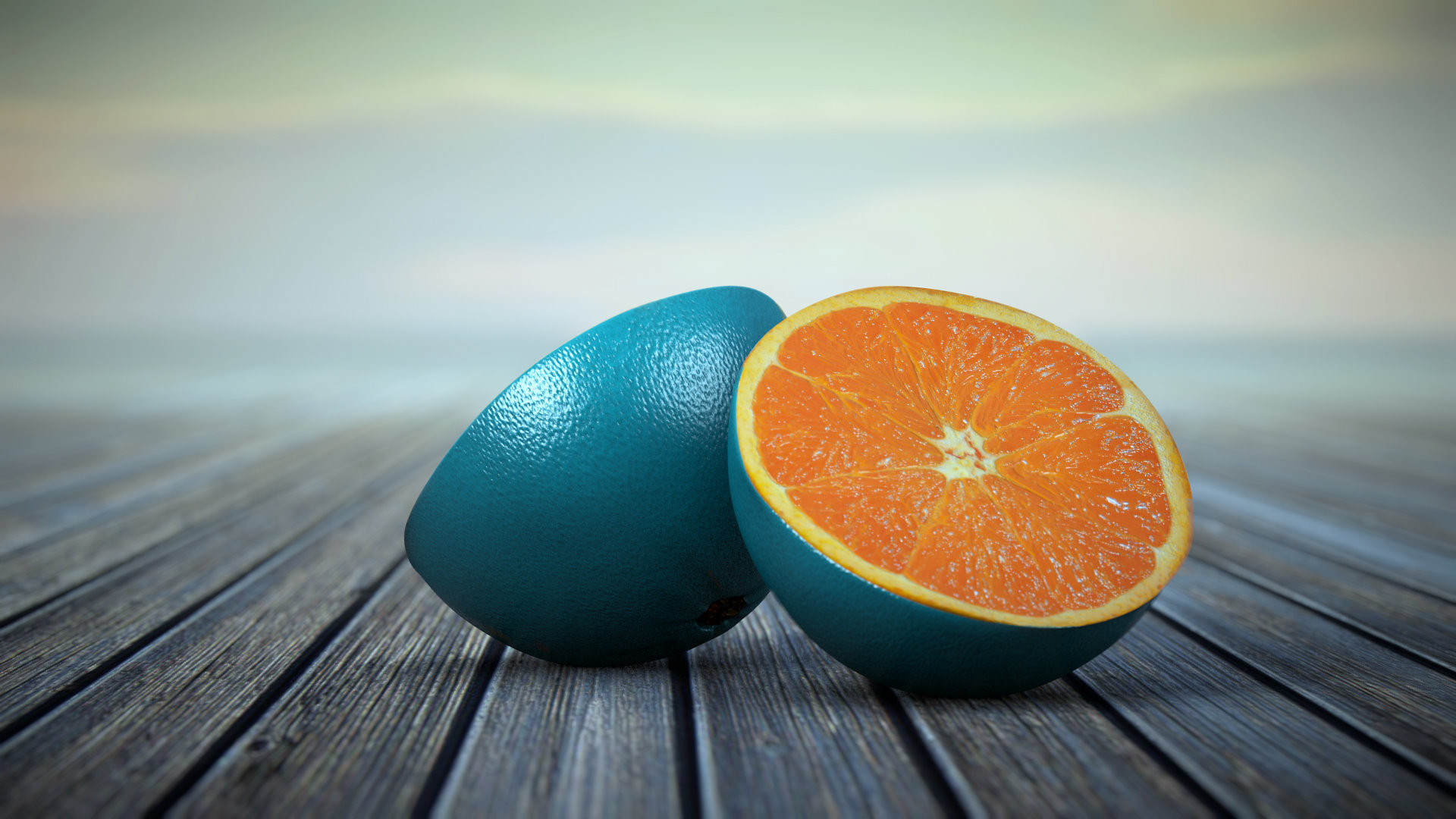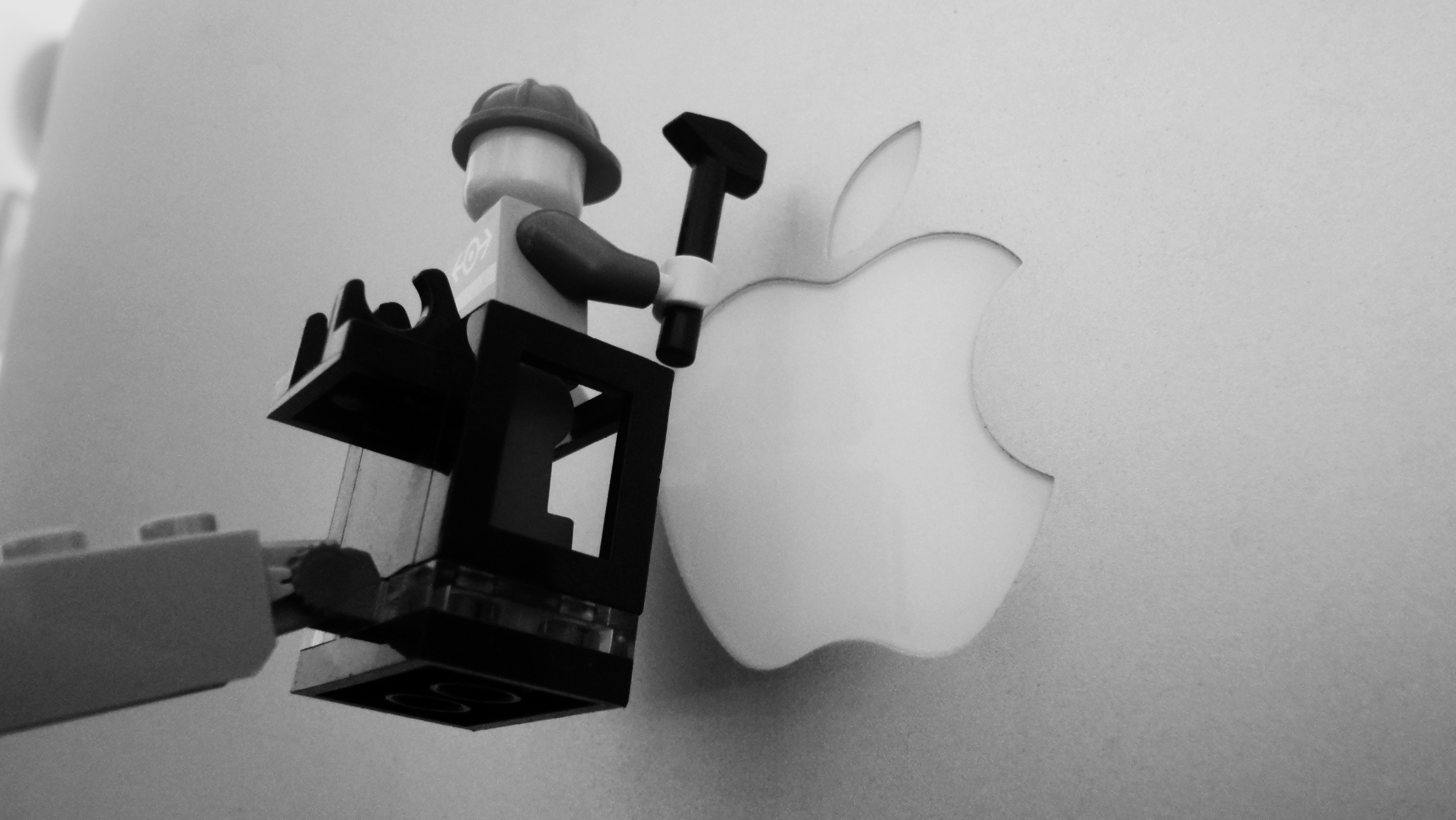When leveraged correctly injection moulding is able to produce parts at rapid speeds and low cost compared to other manufacturing methods. In this article I go through some important considerations when designing parts for injection moulding.
Snippet from the 1h+ interview I did with Caspar ter Horst on certifying hardware products. Caspar is the co-founder and Managing Director at ProductIP.
Like a judo master who takes down his opponent using smallest possible movements, these products achieve a lot with little. The BIC Crystal pen is a perfect example of such a product.
In this post I discuss a simple heuristic that I have found useful when designing things.
There is no point in me going over why this is happening. We all use touchscreens and know the ways in which they are awesome. What I would like to spend a second talking about is what we are loosing as we switch to the glass interface.
Letting users customize various aspects of their products has progressively become a more common practice. Consumers today often get to choose a multitude of product traits, such as colour, size, texture and tech-specs. Despite all of the great things about customization there are some problems that can appear if implemented incorrectly.
Unfortunately for us product designers our occupation and what it entails, is still a mystery to many. I find the confusion about what we do very understandable as I myself have long struggled with defining what we do.
So what effect does a designer’s beliefs have on the output he produces? First of the beliefs will guide the multitude of choices that need to be made in order to get to the final result. This means that if he is true to his values the product will reflect how the designer thinks about the world and perhaps most importantly how he thinks about the users of his product.
